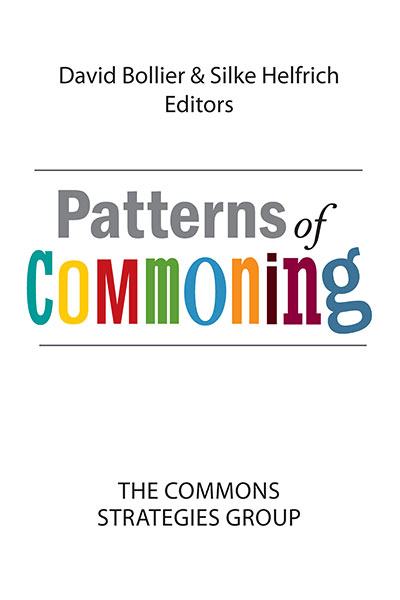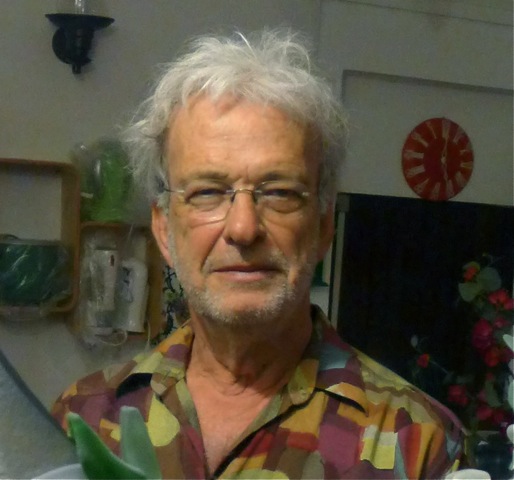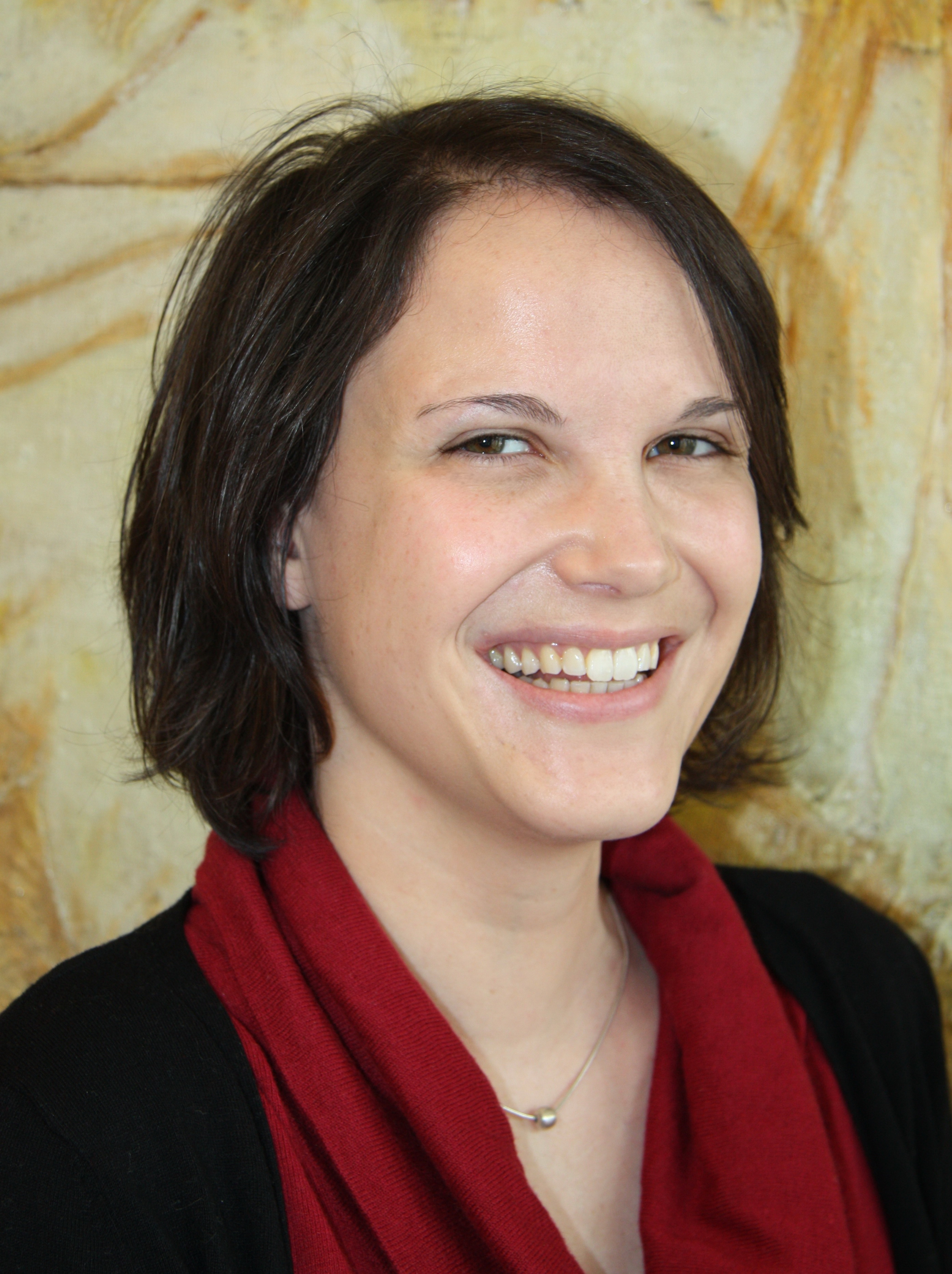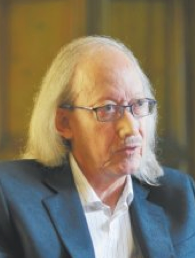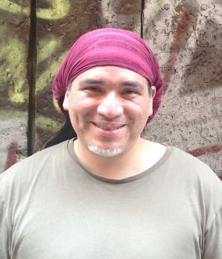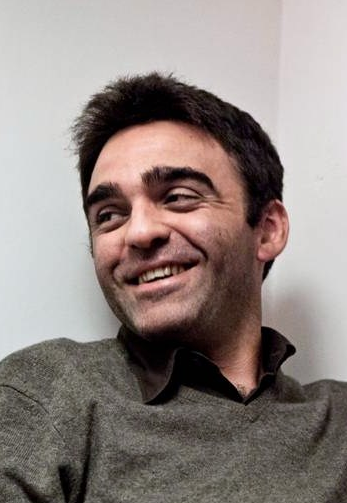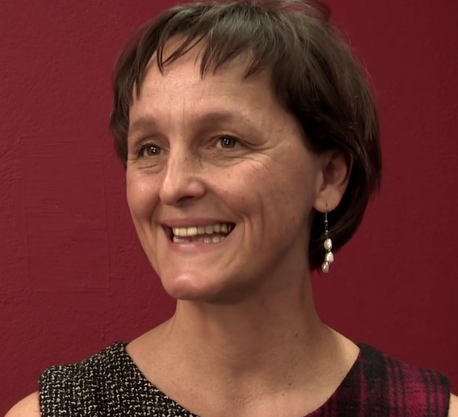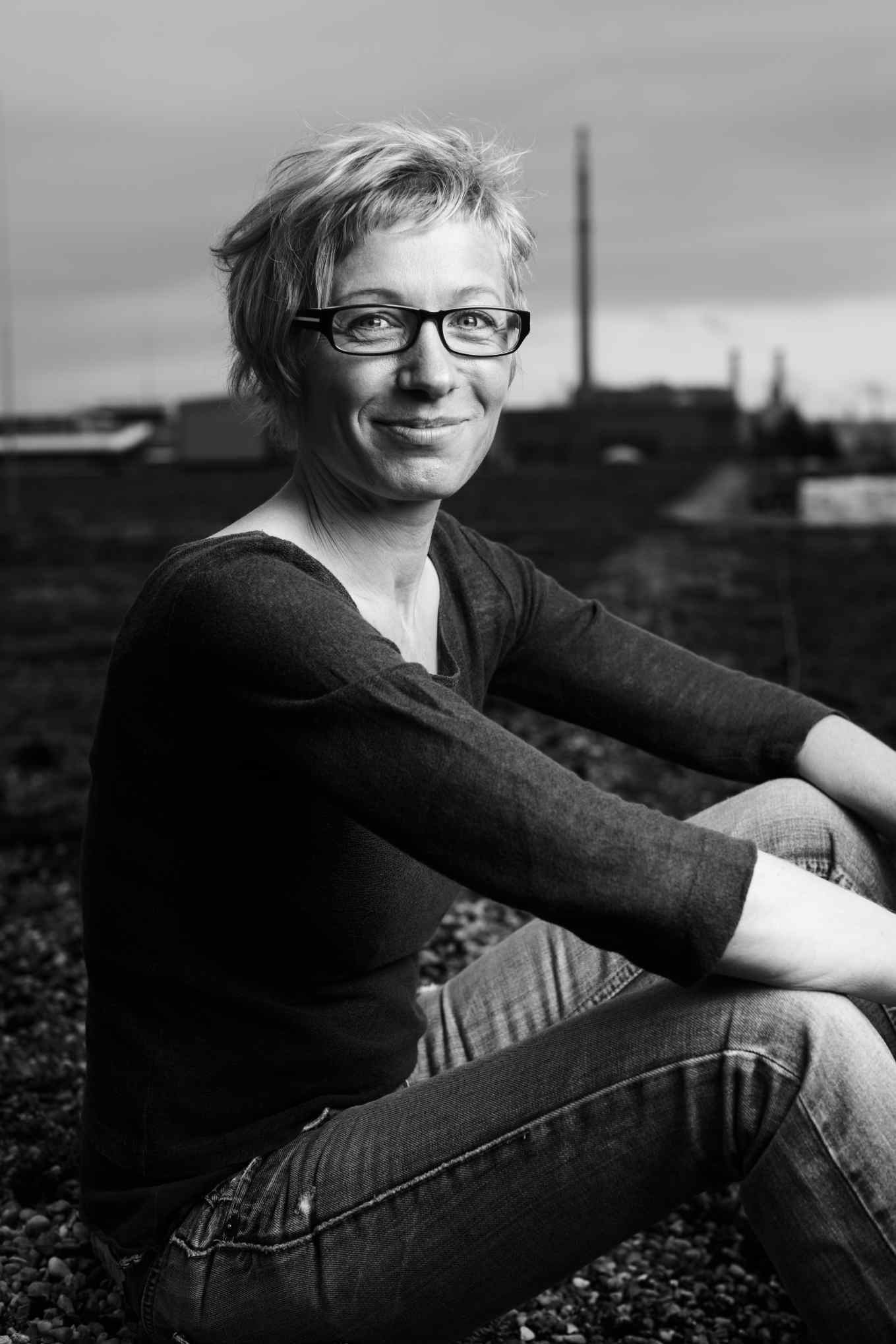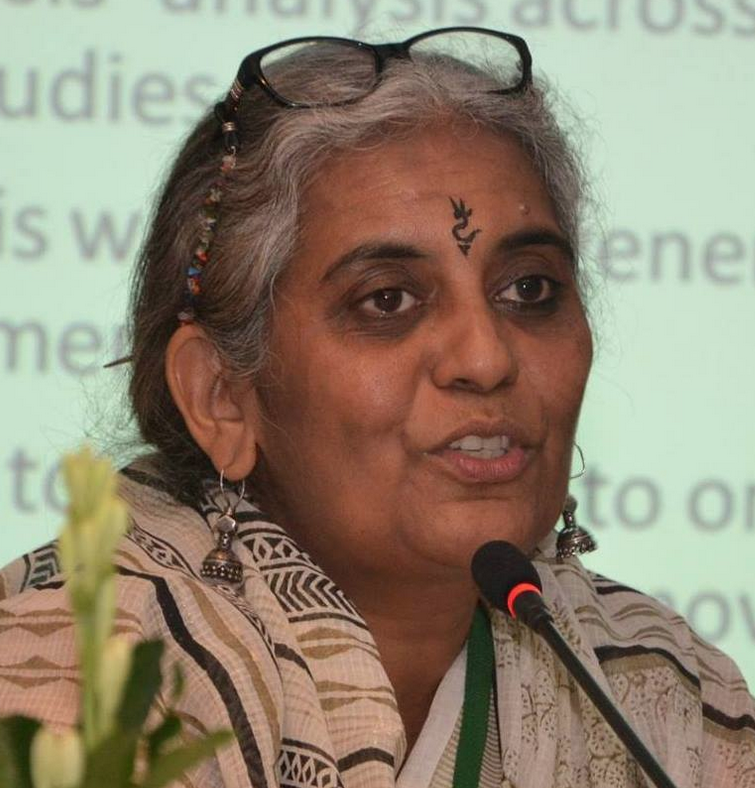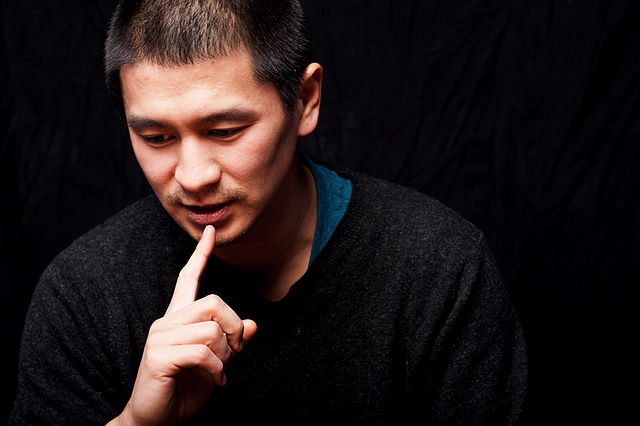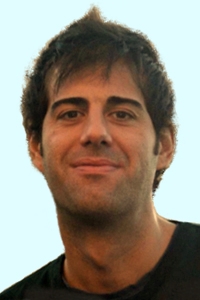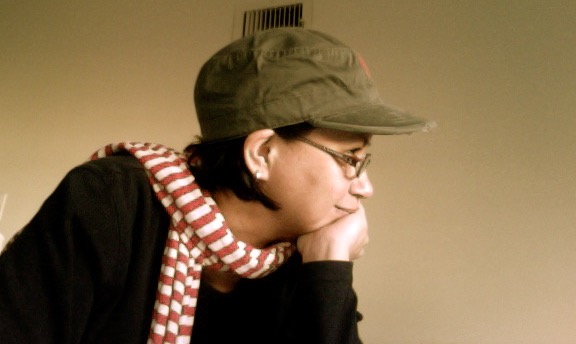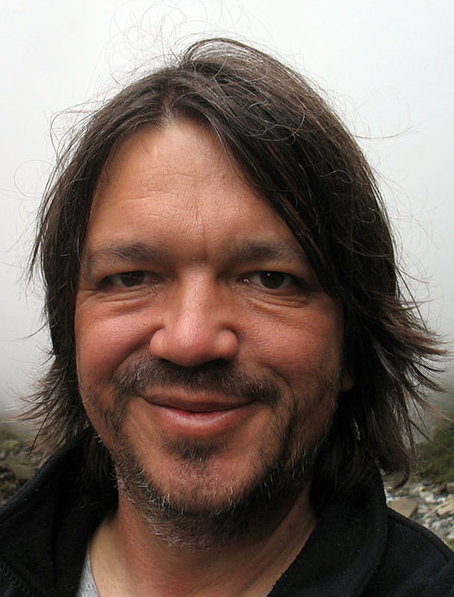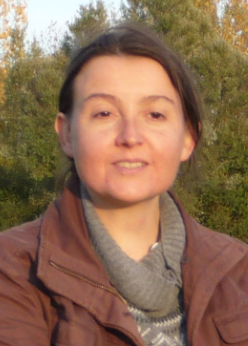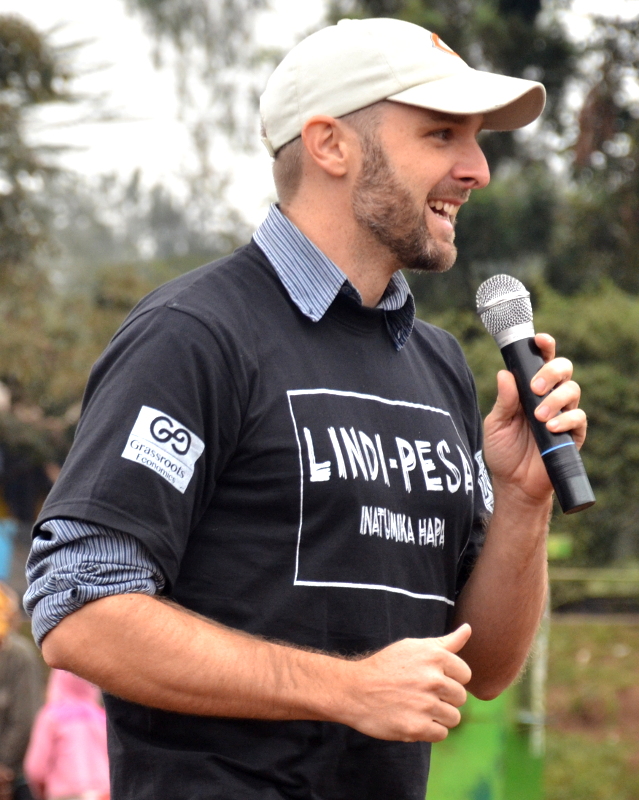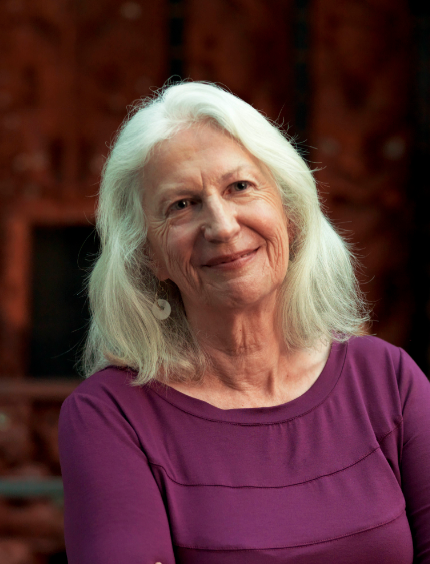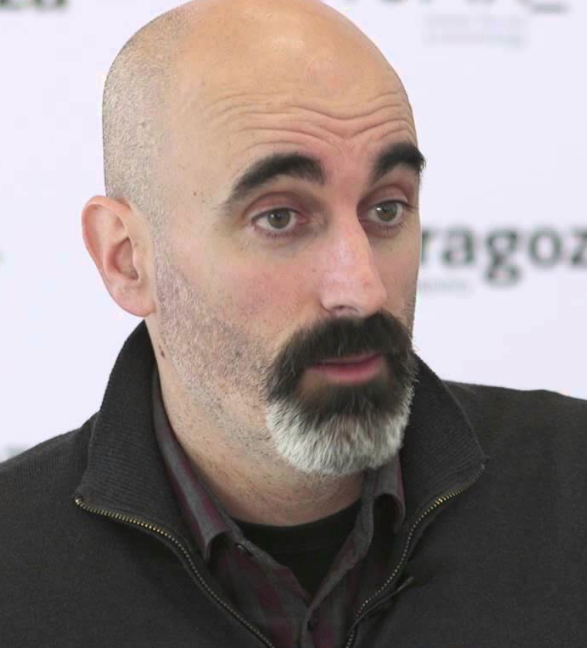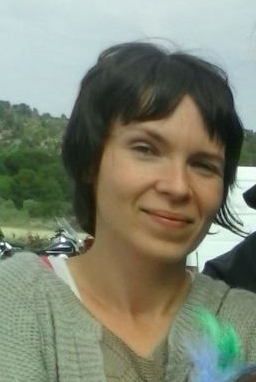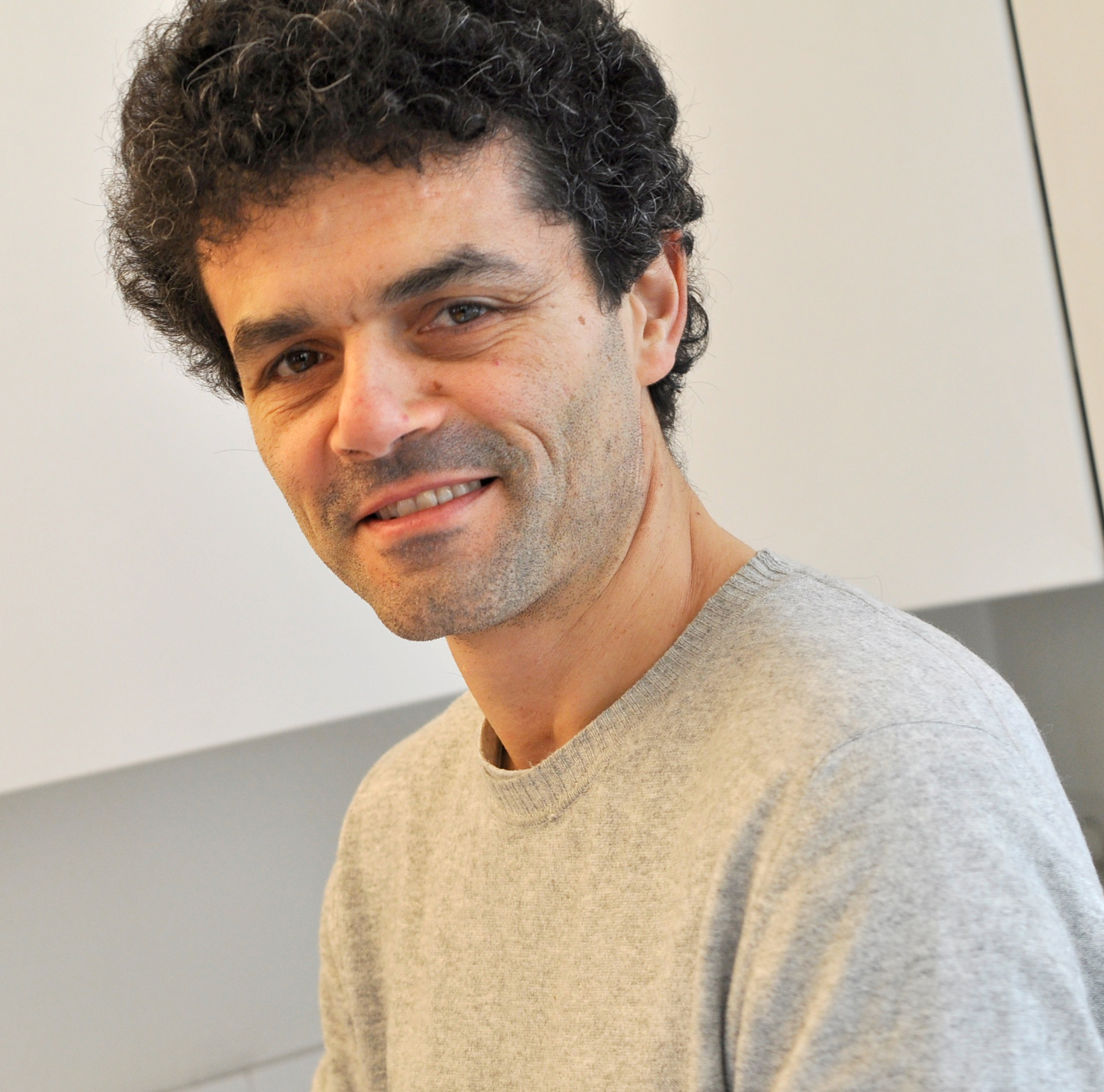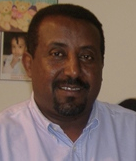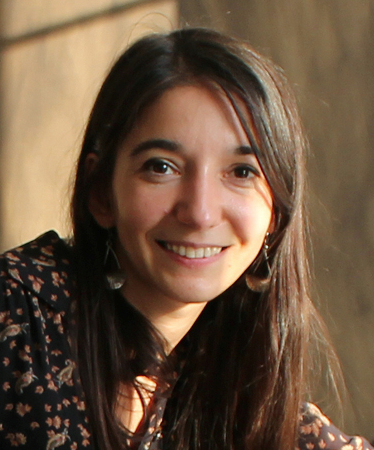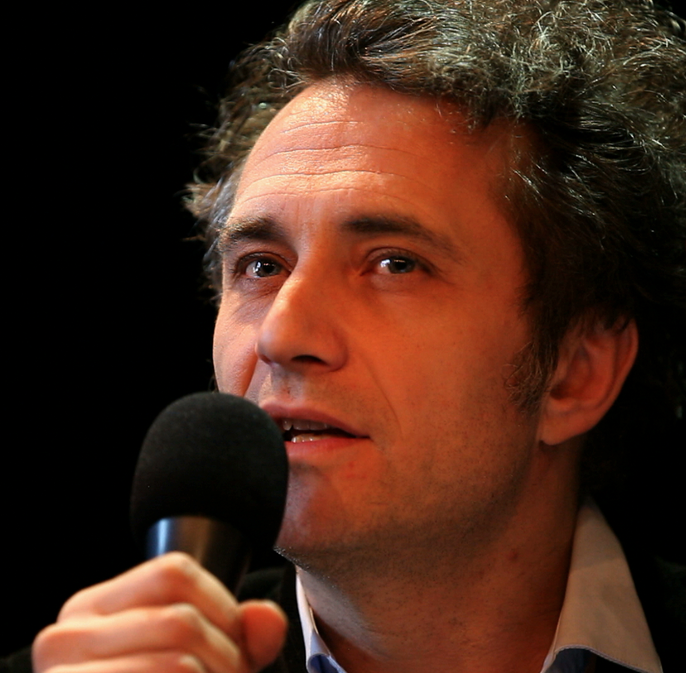Alain Ambrosi (Canada) is a designer and producer of intercultural projects, independent researcher, author, videographer and producer of the Remix The Commons Project.
Patterns of
COMMONING
Arduino and the Open Hardware Revolution
By Julio Sanchez Onofre
The revolution in collaboration that started with free and open source software in the 1990s has moved on to an even larger frontier, open source computer hardware. At the forefront of this revolution is Arduino, a global commons of designers and producers of microprocessing boards that can be freely copied, shared and produced. Because the boards are low-cost yet highly versatile, Arduino technology lies at the heart of such cutting-edge projects as the Kikai, an Argentinian 3D printer that created an arm prosthesis at a cost of less than $50, unmanned aerial vehicles (drones) and a nanosatellite platform (for satellites that weigh less than 10 kilograms) known as ArduSat.
Arduino was the brainchild of Italian Massimo Banzi and his colleagues David Cuartielles, Tom Igoe, Gianluca Martino and David Mellis. Originally an educational project for students, the Arduino collaborators in 2005 expanded the venture as a way to make cheap but sophisticated computer boards more available to the open source community. It is also seen as a way to bring artists, engineers and creatives together to find new ways of using technologies for the greater good.
Since its founding, Arduino has become part of the larger worldwide movement of open innovation, technology and creativity. The reference designs for Arduino hardware are licensed under a Creative Commons Attribution-ShareAlike license, and the source code for its software is licensed under the GNU General Public License (GPL). While Arduino technologies can be freely copied by anyone, Arduino has created its own line of self-produced “Arduino At Heart” branded products. The official product sales support the Arduino enterprise while still allowing competitors to make “clones” at cheaper prices.
Arduino is officially a business whose chief asset is its trademark, the name Arduino and its logo. Anyone can use the Arduino designs for free, but if they wish to sell them under the Arduino name, they must pay to use the trademark. Besides licensing the Arduino trademark, the firm produces its own line of Arduino-branded devices. Paradoxically, the ability of others to freely use Arduino designs does not undermine sales of the Arduino-branded products because this openness has merely enlarged the market for Arduino technology while boosting trust in the Arduino brand compared to cheap knockoffs. Massimo Banzi’s design firm also makes money creating customized Arduino-based products.
Besides computer boards, Arduino offers its own self-designed kits, materials for wearable technologies and 3D printers, tools, books, manuals and workshops. There is now a vast global community of Arduino users, with many regional networks and groups devoted to special types of microprocessing boards.
Arduino enthusiasts and companies see the open hardware platform as an important infrastructure for building a new economy based on collaboration and collective knowledge. While Arduino systems can perform familiar tasks such as remote control of a car or the doors of a house, they also have great potential as the core of cheap but powerful smartphones; systems to collect, purify and distribute water in marginal areas; and systems that can generate clean, renewable energies.
But achieving the full potential of Arduino-based open platforms will require more focused public education about its capabilities. In this regard, Arduino – and other open technologies – still have a long way to go. While many governments have created digital agendas to boost their economic and social development through information technologies, few public schools have recognized the great promise of open source principles by teaching students about open source coding or open hardware development.
Even in countries like Spain that require young people to take programming courses in school, the government and schools have ignored the open source revolution, preferring to make agreements with big companies such as Microsoft, Oracle and SAP to teach students about (and buy) their proprietary software. The same blindness affects government procurement of information technology, where governments tend to buy technology from the big firms instead of encouraging or requiring open source technologies that could improve their domestic research and development.
There are some bright signs, however. There is now a global robotics competition for students called RoboCup, which hosts a number of competitions using Arduino kits in the creation and programming of machines. Some big companies like Intel and MediaTek with their own proprietary microprocessors have decided to design products that can communicate with Arduino platforms, thus expanding their usefulness and appeal.
The unmet challenge is for governments to put Arduino and other open source technology at the core of their development agenda and educational programs. The benefits would be especially significant for smaller, emerging economies which otherwise depend on expensive foreign technologies with restrictive intellectual property terms.
Arduino is that rare commons that has successfully combined stable social collaboration with market sales. As an open technology, it has significantly advanced innovation in computer hardware while enhancing economic opportunities for millions of people.
Julio Sanchez Onofre (Mexico) is a tech journalist for the newspaper El Economista in Mexico City.
